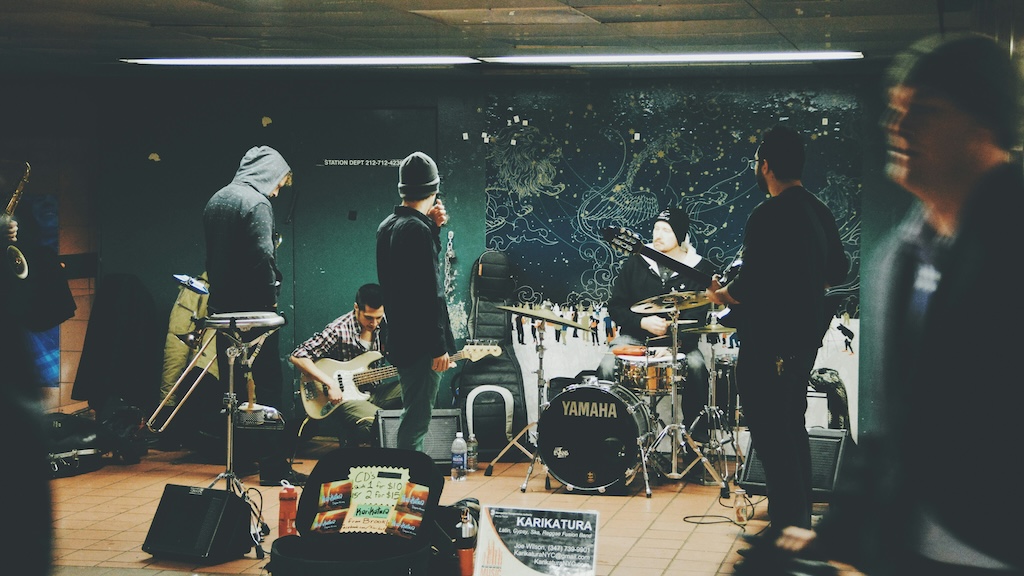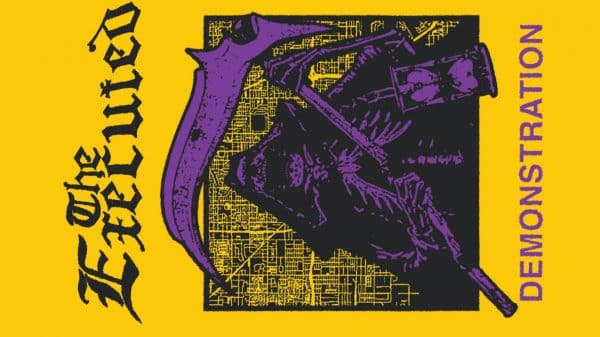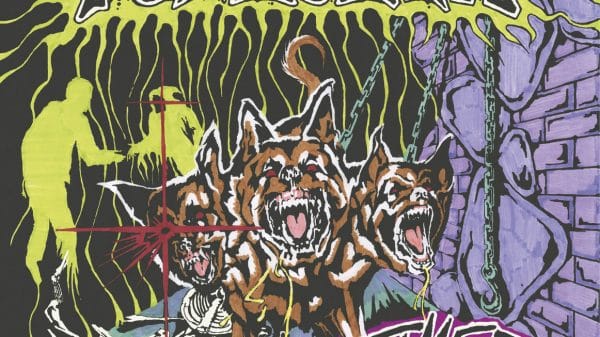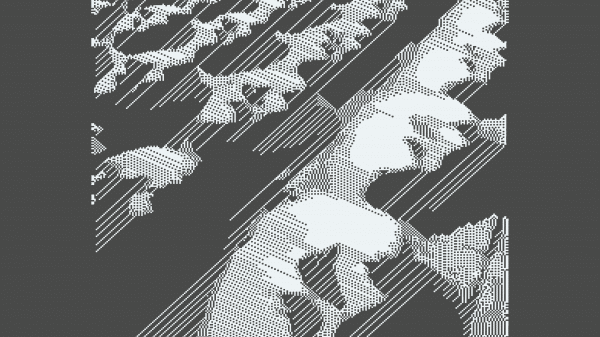To say that music streaming changed the industry is an understatement. That said, one of its most beneficial changes goes overlooked by industry figures who are focused on pop music or too embedded in a single music genre. Away from the limelight, streaming has helped break down traditional genre walls and even cause the fusing of genres that might not have found an audience pre-internet.
Streaming & Music
The music streaming charge was led by companies like Spotify and iTunes, which later became Apple Music. They still lead the pack when it comes to music streaming today, constantly expanding their library of both popular and obscure tracks. The ability to stream music on demand was convenient, allowing us to listen to songs anytime, anywhere.
Streaming technology changed many industries in the 2010s. That was when Netflix became dominant, redefining how we watch shows and movies. One of the oldest online industries, iGaming, also embraced streaming by hosting live gambling games. Using video streaming, they enabled players to log into roulette betting games to play in real-time, with a human dealer and other human players placing wagers. In each case, even the livestreams that run 24/7, convenience is at the heart of streaming’s appeal.
Convenience doesn’t make something good, however, and for music it gets a little more complicated. In truth, streaming was a force multiplier for the industry. That means popular artists became astronomically more popular as more people than ever were funnelled toward them – they found algorithmic discoverability. Niche and underground genres didn’t have that same boost, though it isn’t a zero sum game. Streaming still enables smaller artists to find their audience and get rewarded for their talent.
Breaking Genre Walls
When obscure and underground genres are available beside this year’s greatest hits, it’s inevitable that there’ll be some cross-contamination. This is good, especially since it’s typically casual or new listeners who are venturing out and supporting less popular musicians and genres. By penning everybody in the same service, music streamers have encouraged listeners to be more adventurous than they might have been in the past.
This isn’t just an accidental by-product of the streaming ecosystem. Everybody knows Spotify uses personalizing algorithms that filter music for you, though they are designed to have a soft touch that can recommend new, shifting music genres over time. Last year, they doubled down on this with AI tools that organized music using mood, not genre, allowing users to break through a genre wall if the songs at either side shared the same sentiments.
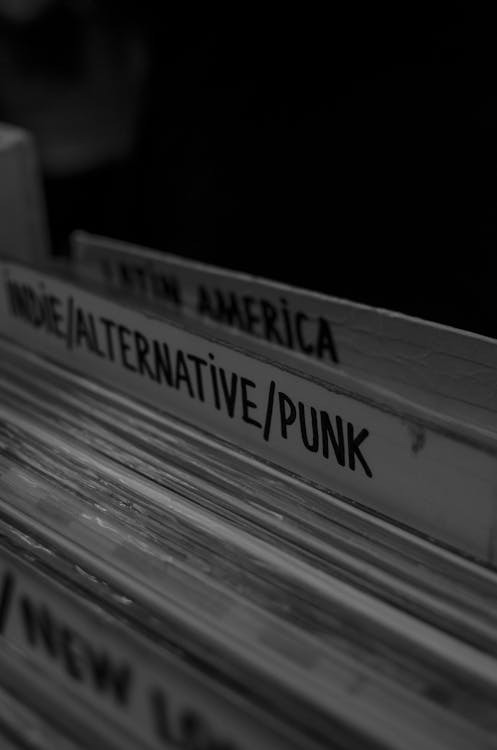
Helping Fuse Genres
Having followed punk rock and its many, many children for over a decade, we’re no stranger to genre fusion. Pretty much every music genre was formed by merging traditions, instruments, sounds, and stories when they were thrown together in the real world. For the most obvious example, see how there’s a direct line between blues, rock, and hip-hop that evolved as attitudes shifted and instrument tech developed.
Fusion happened pre-internet, but record companies always relied on clear, identifiable demographics when marketing their latest talent. When all of those genres are thrown into the same pool, accessed by the same group of millions who don’t need to meet when sharing their music or collaborating to make their own, genres fuse much faster. Instead, the future of music looks to be thousands of smaller, mixed genres instead of a few genres leading the industry through mainstream orthodoxy. During his time at Spotify, Glenn MacDonald mapped over 6,000 identifiable genres that were on the service.
The number grew steadily during his ten-year span at the company which, now over, has called an unofficial end to the project. However, it’s an invaluable resource for those who want to find new music genres that they never knew existed. As streaming services make it easier than ever to fuse genres, we can expect that 6,000 figure to grow in the future.

